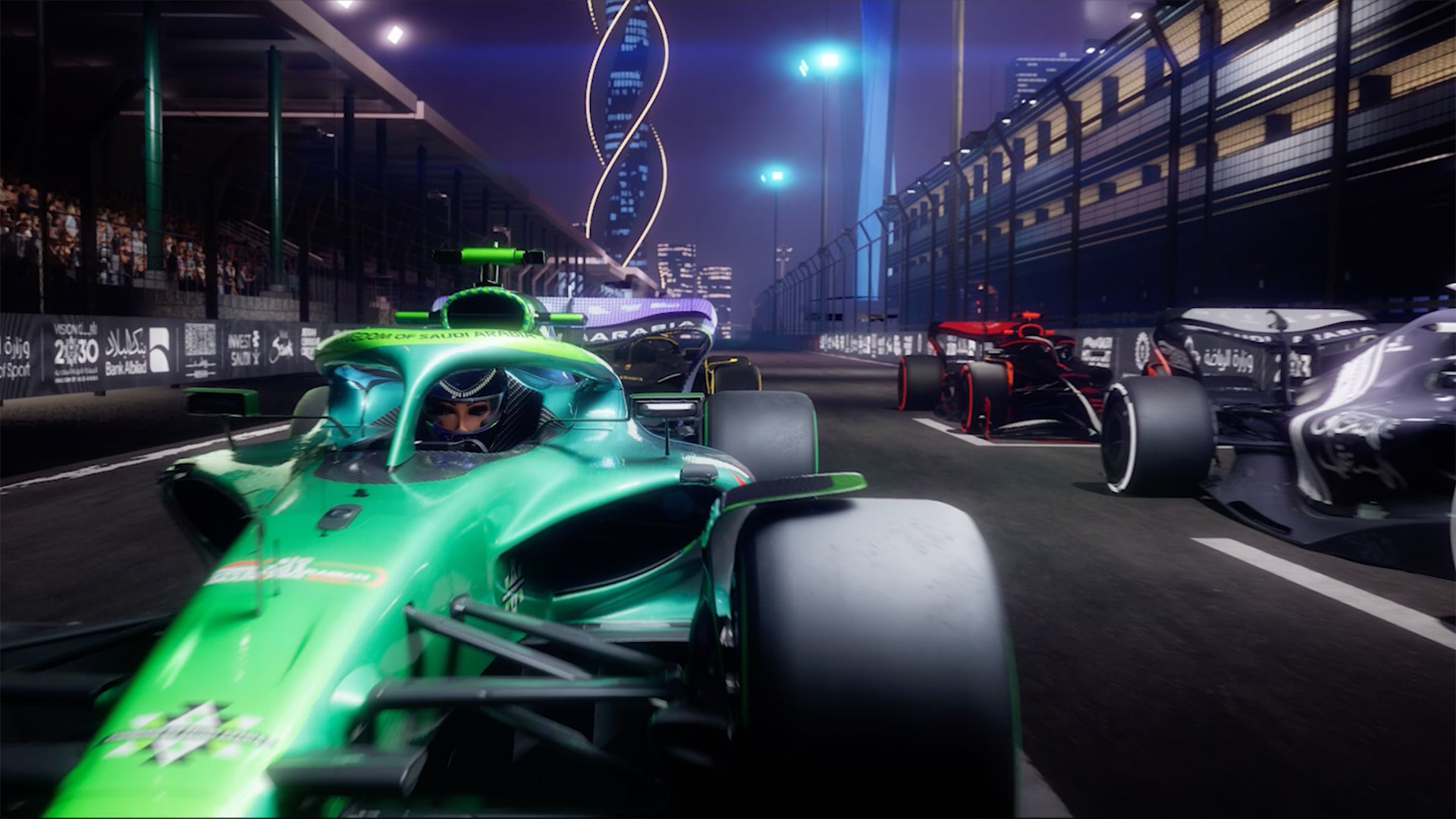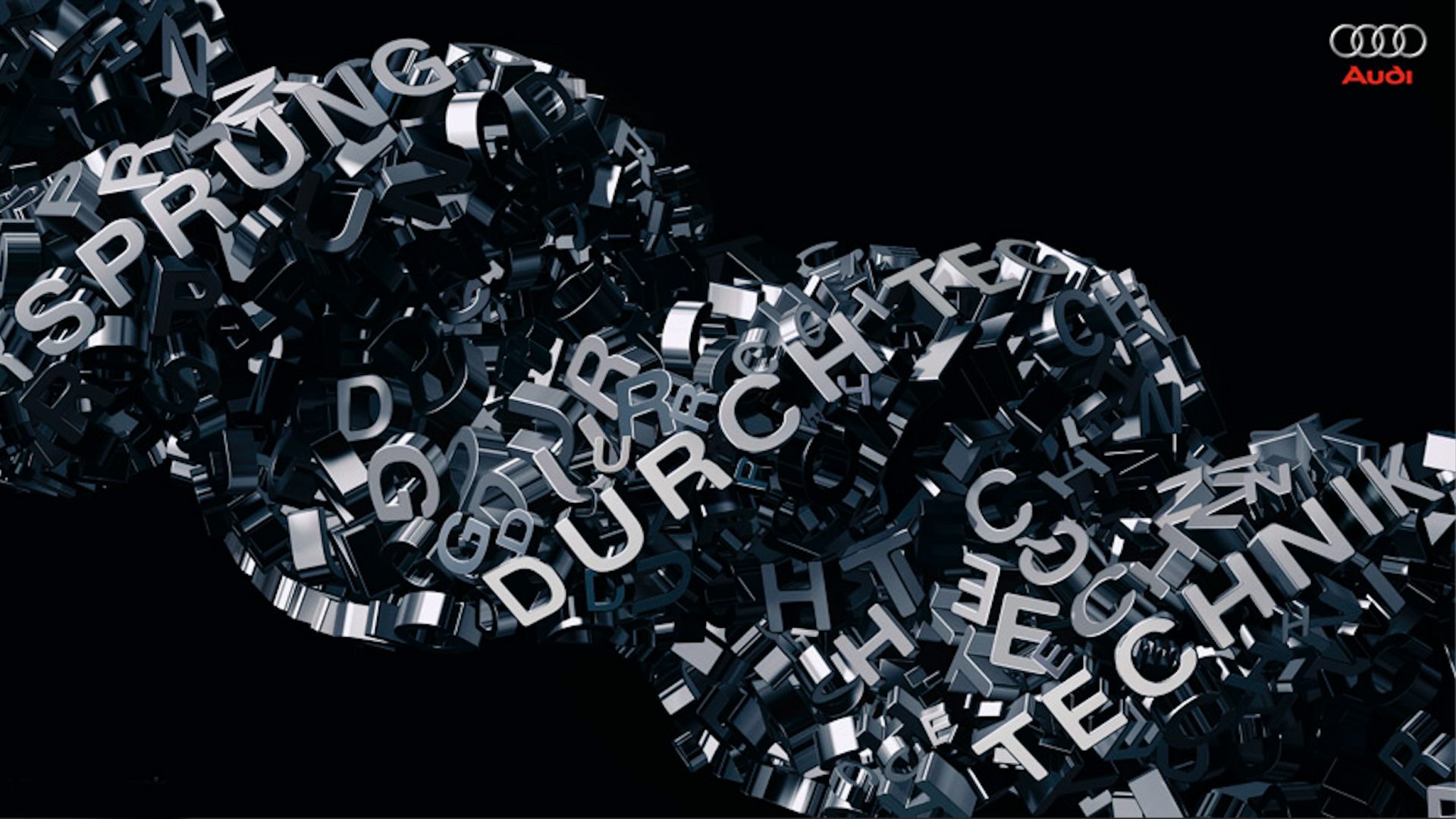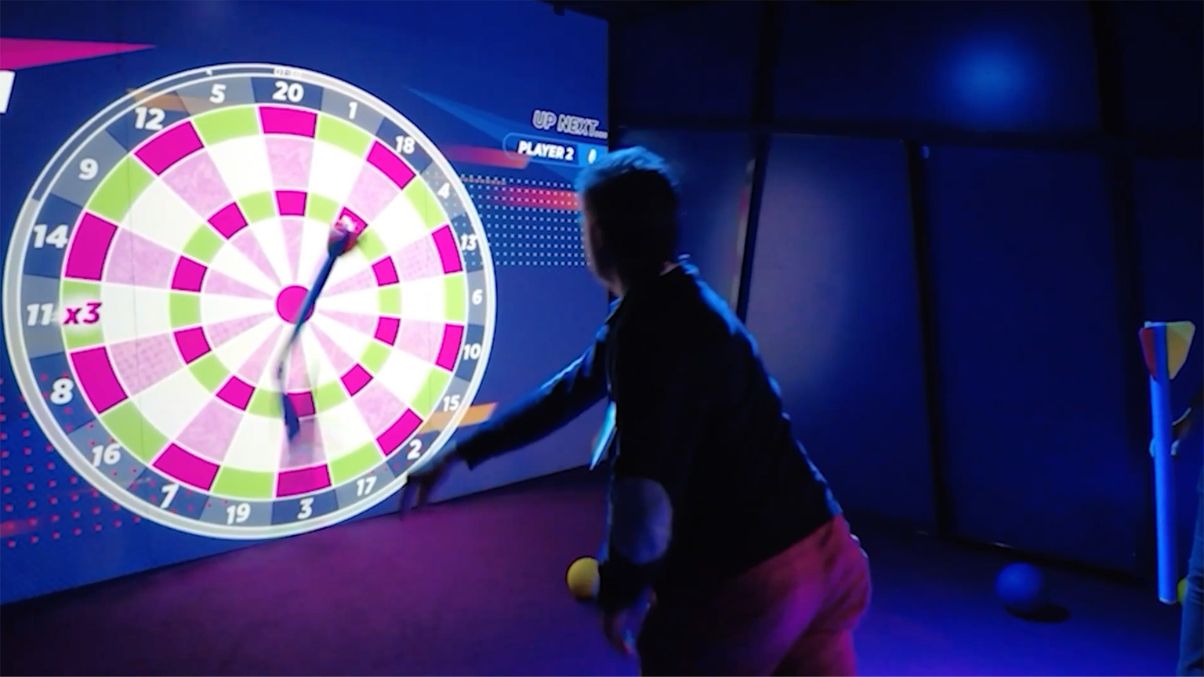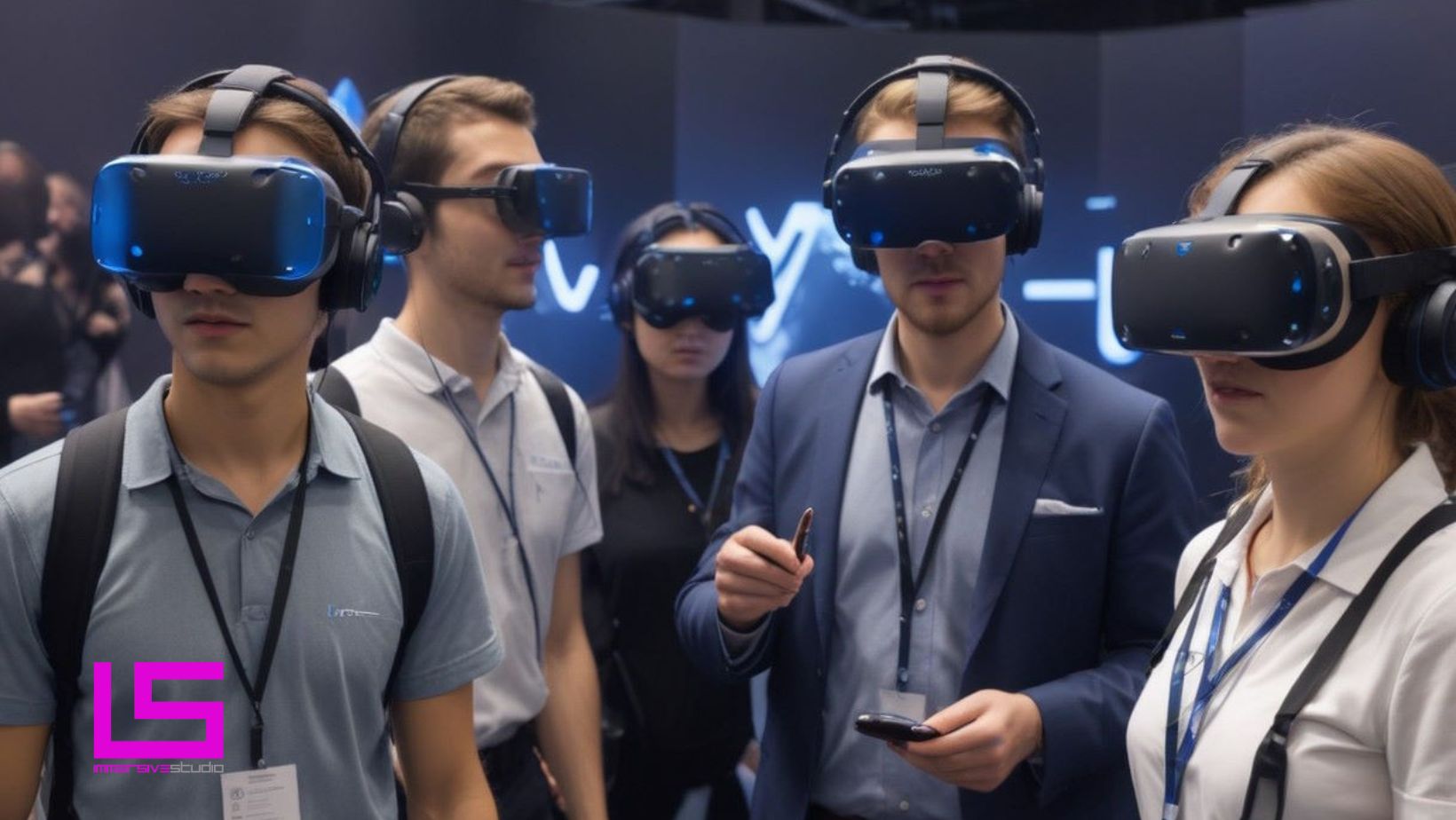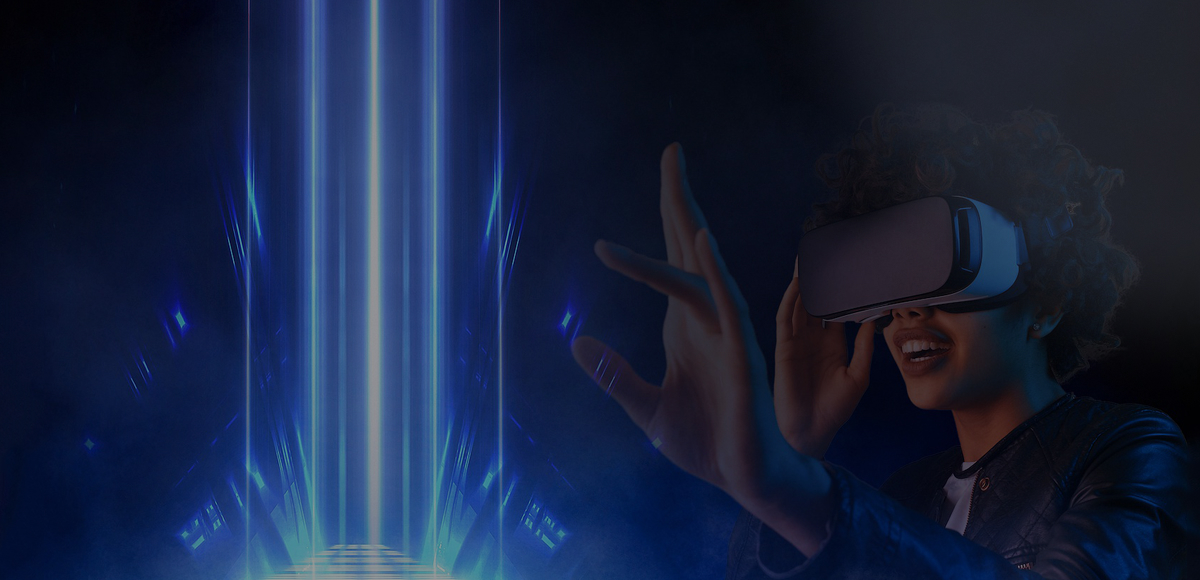
How Are CGI and 3D Animation Different?

A common question we often get asked is if we can create CGI or 3D content. This is often followed by the next question which is, what the difference is between the two?
The simple answer is this, CGI (Computer Generated Imagery) refers to the use of computer graphics for creating or improving images in art, printed media, moving images, and simulations and can be used when talking about both 2D and 3D content creation and manipulation. Basically, if you enhance any type of traditional media like photography, hand-drawn illustration, or live-action footage by use of a computer software, this is the umbrella term for this type of creative work.
With 3D modelling/imaging/animation on the other hand (even though it also comes under the umbrella term of CGI) the content does have to have been built in 3D modelling software such as Blender, Maya, 3dsmax, Cinema4D, etc., and have a X Y Z property to qualify for the term. Additionally, the video game industry would use the term 3D modelling/animation rather than CGI as video games rely heavily on creating movable 3D models that you can interact with inside the video game programming.
In this article we will take a look at CGI and 3D modelling in greater detail, exploring their definitions, applications, and unique benefits, particularly for Brands and Advertising.
Defining Computer-Generated Imagery (CGI)
Computer-generated imagery, more commonly known as CGI, represents a revolution in the way we create, manipulate, and visualize content across various media. At its core, CGI is the process of creating digitally enhanced images and graphics using computer software. This broad term encompasses a wide array of applications, from simple 2D graphics in printed media to complex 3D models in blockbuster movies. CGI can breathe life into art, transform printed materials, enrich moving images, and simulate real-world environments, making it an indispensable tool in both creative and technical fields.
The Scope of CGI
CGI’s application is as vast as the imagination of the creators who wield it. In art, it allows for the creation of stunning visuals that can surpass the limitations of traditional mediums. Printed media, once confined to the static images of photography and illustration, can now be enhanced with digital effects that add depth and motion, transforming the viewer’s experience. Moving images, such as films and television shows, rely heavily on CGI to create realistic environments, fantastical creatures, and explosive effects that would be impossible or prohibitively expensive to achieve through practical means.
Application: Enhancing Traditional Media with CGI
A tangible example of CGI’s impact can be seen in the advertising industry. Consider a print ad for a new car model. Using CGI, designers can place the car in exotic or fantastical locations that would be logistically challenging or expensive to shoot in real life. They can also manipulate lighting, shadows, and reflections to make the car appear sleeker and more appealing, thus enhancing the visual appeal of the ad without the need for physical prototypes or elaborate photoshoots.
Furthermore, CGI has revolutionized the film industry by allowing filmmakers to explore stories and settings that were once beyond the realm of possibility. Iconic movies like “Avatar” and “The Lord of the Rings” have relied heavily on CGI to create impossible worlds and creatures, enabling audiences to embark on immersive visual journeys limited only by the creators’ imagination.
Now, let’s talk about 3D Animation.
Understanding 3D Animation
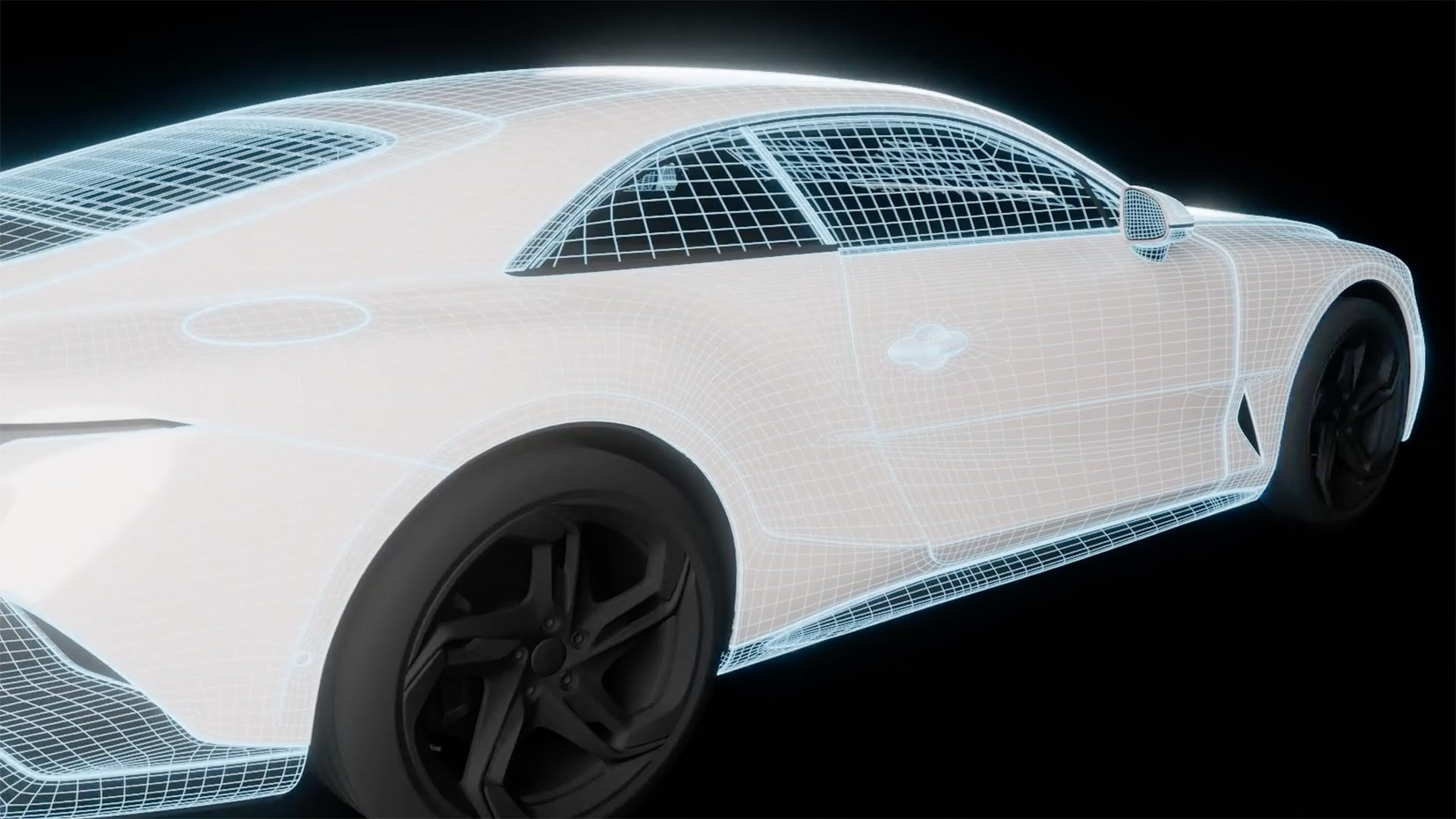
3D Animation, a captivating subset of Computer-Generated Imagery (CGI), refers specifically to content built in 3D modelling software and must have a X,Y, Z property. 3D animations involves the bringing to life of static 3D models through the use of motion, creating a digital illusion of life that can mimic reality or transcend into the realms of the fantastical. This process involves the meticulous crafting of objects in three-dimensional space, utilizing X, Y, and Z coordinates to define their position, scale, and rotation, giving them a sense of depth and realism unachievable in two dimensions. Through 3D animation, creators can animate characters, objects, and environments in ways that engage and immerse audiences, whether it’s in movies, video games, virtual reality, or interactive media.
The Creation Process
The journey of 3D animation begins with modeling, where artists create 3D representations of characters, objects, and settings using specialized software like Blender, Maya, 3DS Max, or Cinema 4D. These models are then rigged with a digital skeleton, a process that assigns movement capabilities to different parts of the model. Following rigging, the animation phase breathes life into these models by defining their movements over time, creating a fluid sequence of motion that can be as realistic or as stylized as the creator desires.
Texture mapping, lighting, and rendering follow, adding layers of detail, depth, and realism. These steps transform the initially flat and lifeless models into vibrant, engaging elements that can interact with their environment and with each other, telling a story or creating an experience for the viewer.
Application: Video Game Industry
A prime example of 3D animation’s impact is found within the video game industry. Here, 3D models are not just animated but are also made interactive, allowing players to control and interact with these models in real time. This interaction is a cornerstone of immersive gaming experiences, enabling players to explore virtual worlds, engage in combat, or solve puzzles, all within environments that react dynamically to their actions.
For instance, in a game like “The Legend of Zelda: Breath of the Wild,” the vast, open-world environment and its inhabitants are all 3D animated. Players can interact with almost every element of this world, from picking up objects and fighting enemies to manipulating environmental features to overcome obstacles. The game’s success hinges not just on its storytelling and gameplay mechanics but also on the quality and fluidity of its 3D animation, which makes the game world feel alive and responsive.
The Creative Styles of 3D Animation
3D Animation allows for a wide range of creative styles, from hyper-realistic renderings that are indistinguishable from real life to stylized, cartoon-like expressions that convey emotions and narratives in unique ways. This versatility enables creators to choose the visual style that best suits their project’s tone and objectives. Whether it’s the photorealistic dinosaurs of “Jurassic Park” or the stylized characters of Pixar’s “Toy Story,” 3D animation offers limitless possibilities for storytelling and visual expression.
The Benefits of CGI Animation in Advertising
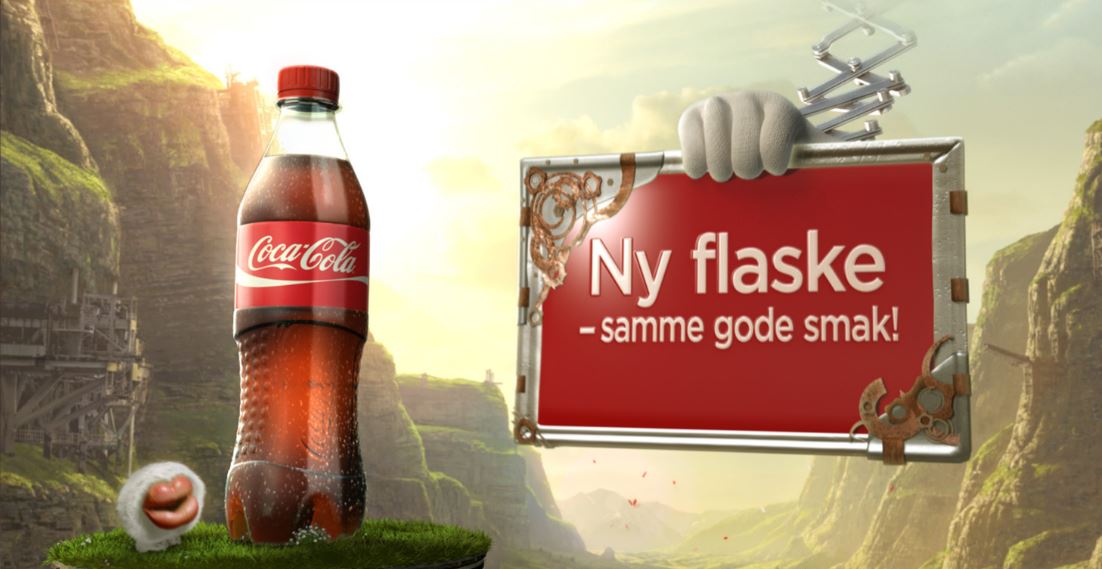
CGI animation has become a cornerstone of modern advertising, offering businesses a powerful tool to captivate, engage, and influence their target audiences. In a world where consumers are bombarded with countless ads every day, the use of sophisticated CGI animation allows businesses to stand out and make memorable impressions. Here, we explore the specific benefits of CGI animation in the realm of business advertising, showing how it can transform marketing strategies and enhance brand perception.
Enhanced Visual Appeal and Brand Differentiation
With CGI, marketers can produce highly detailed, aesthetically pleasing visuals that are not limited by the constraints of physical reality. For instance, an automobile manufacturer can use CGI to showcase a car performing incredible feats that would be difficult or impractical to film in real life, such as driving seamlessly in rugged mountains, thus highlighting the vehicle’s features in a dramatic and engaging way.
Cost-Effective Solution for High-Impact Ads
Implementing CGI animation in advertising campaigns can be remarkably cost-effective compared to traditional filming techniques that require sets, actors, and an extensive crew. On the other hand, once a CGI model is developed, it can be reused and modified to fit different campaigns or to create variations of the ad for different markets and demographics. This flexibility reduces the need for multiple shoots, saving businesses substantial time and money while maintaining high production value across their marketing materials.
Ability to Visualize Concepts and Products
CGI animation is particularly valuable for visualizing products that have not yet been manufactured or for explaining complex concepts that are difficult to capture with live-action footage. For technology companies, CGI can animate the inner workings of a product, such as a smartphone or a smart home system, to explain its benefits and functionalities in a clear and engaging way.
With advancements in digital technology, CGI animation is increasingly being used to create interactive ad experiences that engage users more deeply than static ads. For example, augmented reality (AR) ads allow consumers to see how furniture might look in their home or how a piece of clothing might fit, all powered by CGI animation. These interactive experiences not only entertain but also assist in the decision-making process, enhancing customer satisfaction and increasing the likelihood of a purchase.
The Future of 3D Animation and CGI in Advertising

As digital technologies continue to evolve, the future of 3D animation and CGI in the advertising industry looks increasingly innovative and impactful. These tools are not just about creating eye-catching ads; they’re about forging deeper connections with consumers, enhancing interactive experiences, and personalizing content to individual preferences. In this section, we explore the emerging trends and potential advancements in 3D animation and CGI, specifically within the context of advertising, and how these developments could shape the strategies and successes of future marketing campaigns.
Hyper-Realistic and Immersive Ad Experiences
Advancements in rendering technologies and animation tools are pushing the boundaries of how realistic and immersive CGI can be. Future advertising may utilize hyper-realistic 3D animations to create detailed product visualizations that are virtually indistinguishable from real life. This level of detail not only attracts viewer attention but also allows consumers to get a closer look at product features and quality, enhancing their understanding and interest. Additionally, as virtual reality (VR) becomes more mainstream, advertisers could create fully immersive ad experiences where consumers can interact with products in a virtual space, providing a unique and engaging way to experience a brand before making a purchase.
Personalization Through AI-Driven CGI
Artificial intelligence is set to play a crucial role in the customization and personalization of advertising content. AI-driven CGI could analyze consumer data to create tailored advertisements that cater to the preferences, interests, and behaviors of individual viewers. For example, a viewer interested in outdoor activities could see a CGI-generated ad for hiking gear that integrates seamlessly into an outdoor adventure scene, specifically designed based on the consumer’s past purchasing behaviors and expressed preferences.
Enhanced Interactive and Real-Time CGI Ads
Interactive ads that allow consumers to engage with the content directly are becoming more feasible with advancements in CGI and real-time rendering. These ads, often enabled by augmented reality (AR) technologies, can invite users to interact with a 3D model of a product through their smartphones or other devices. For instance, a car manufacturer might use AR-powered CGI to let potential buyers explore the interior and exterior of a car model, and change colors and wheels, all within an ad.
Sustainability in Advertising
As brands become more conscious of their environmental impact, CGI offers a sustainable alternative to traditional ad production, which often requires extensive travel, physical sets, props, and print materials. Digital content creation significantly reduces the carbon footprint associated with advertising campaigns and allows companies to meet their sustainability goals without compromising on the quality and effectiveness of their marketing efforts.
Conclusion
Looking ahead, the future of CGI and 3D Animation in advertising is poised to embrace advancements in realism, interactivity, and personalization, driven by emerging technologies such as AI and real-time rendering. These developments promise not only to elevate the aesthetic and engagement levels of advertisements but also to streamline production processes and introduce sustainable practices into digital advertising.
As businesses continue to leverage these dynamic tools, the boundary between digital creation and real-world interaction will increasingly blur, offering marketers unprecedented opportunities to captivate and connect with their audiences.
Immersive Studio, with its expertise in CGI and 3D Animation, is ideally positioned to lead this transformative journey, helping brands redefine the art of marketing through innovative and immersive visual storytelling. For more information on how we can help brands leverage the power of CGI and 3D Animation take a look at our Immersive Experiences for Brands. Alternatively, feel free to reach out to us if you would like to explore this further. You can also drop us a message on Facebook, LinkedIn, or Instagram.
